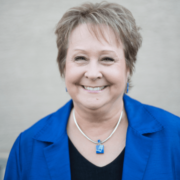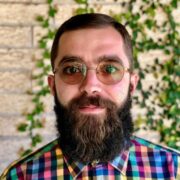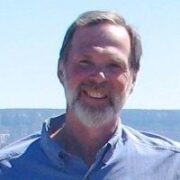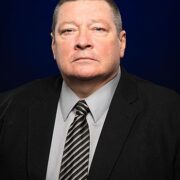
SIMOC
How do we build a Scalable Interactive Model of an Off-World Community?
We will, in the coming decades, establish ourselves in orbit around the Moon, on the surface of Mars, and in a more distant future, on the moons of Jupiter and Saturn. To get there we must learn how to sustain human life in hostile environments, with limited resupply. What balance of mechanical and biological systems will be required to sustain human life in a growing, off-world habitat?
SIMOC is a novel integration of an agent-based software model, data from real-world plant physiology studies at NASA, and closed ecosystem studies at universities world-wide. It is a platform for research and citizen science, providing a robust Python server and web-based, educational interface. The objective was to find the minimum complexity required to sustain human life through a combination of physico-chemical (machine) and bioregenerative (plant) systems for long duration, off-world missions.
Key accomplishments
- SIMOC went live at the National Geographic Education Resource Library. Learn more.
- SIMOC completed development, from prototype to viable, scalable, reliable platform for world-wide citizen scientist engagement.
- Launched the SIMOC website, with on-line tutorials that prepare users for a first use of SIMOC.
- Hired NASA veteran curricula developer and built NGSS aligned teacher/student guide for grades 5-8 and 9-14, freely available from the SIMOC website.
- Conducted plant biology experiments at the University of Arizona Biosphere 2 to augment 30 years of NASA data on which SIMOC was built. Designed a physical Mars habitat analog built around the 1987 prototype for the Biosphere 2.
- With support from UA, Paragon, NASA, and Nat Geo, SIMOC raised its first funding for construction of the world’s highest fidelity Mars habitat analog.
- SIMOC is now in its fifth stage of development with an ever improving, dynamic model. The team will launch the next version with an ASU CS Capstone team to enable the display and capture of real-time data from environmental sensors.
- SIMOC development has been funded by the National Geographic Society since 2020 with funding continuing into 2024.
- SIMOC is now in Phase VII development with four members of the 2021-2022 ASU Computer Science Capstone team as part of permanent staff.
- SIMOC has continued to evolve in its complexity and accuracy of simulation with capacity for staggered crop rotatin, improved monitoring of resource consumption and production internal to the simulated havitat and multiple orders of magnitude increases in performance.
- SIMOC now provides a highly accurate simulation of teh original (’91-’93) and second (’94) sealed missions at Biosphere 2, complete with simulation of teh chemical and biophysical functions that drew down CO2 and O2 that made the first mission a challenge.
- SIMOC Live has been completed as a means to monitor and capture real-time data from a variety of sensors. SIMOC Live operated during both the first and second crewed missions at SAM where it captured CO2, O2, relative humidity, temperature, and barometric pressure, providing the ability for the sealed crew and external staff to monitor the air quality, as well as capture that data for total analysis and presentation.
- By the close of June 2023, the SIMOC Agent Based Model (server) will be made open source so that any developer in the world can add to the powerful foundation my team has laid, and schools anywhere can download and install SIMOC to house a local copy for classroom engagement.
Team members

Ezio Melotti
Developer





